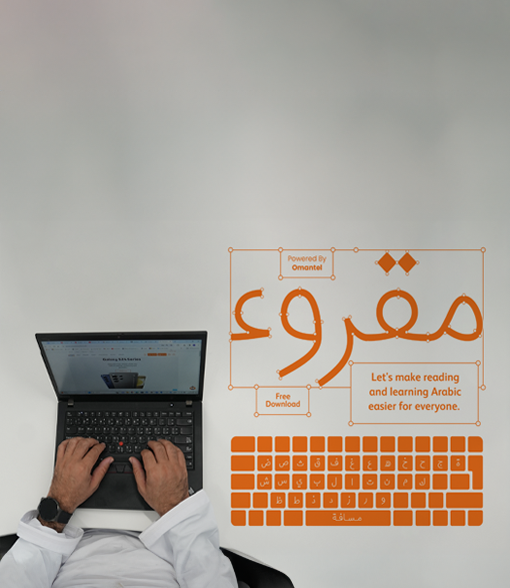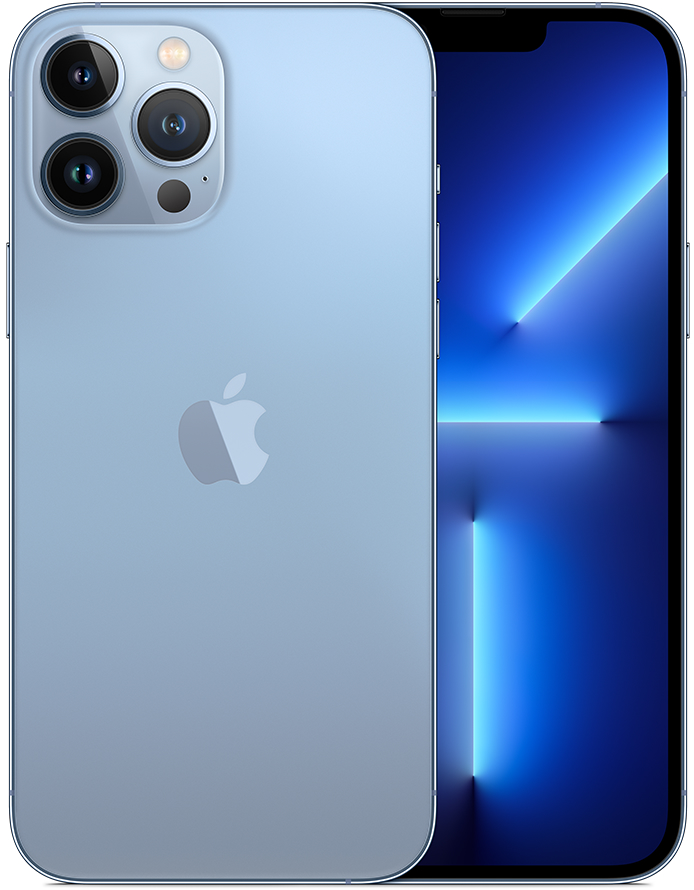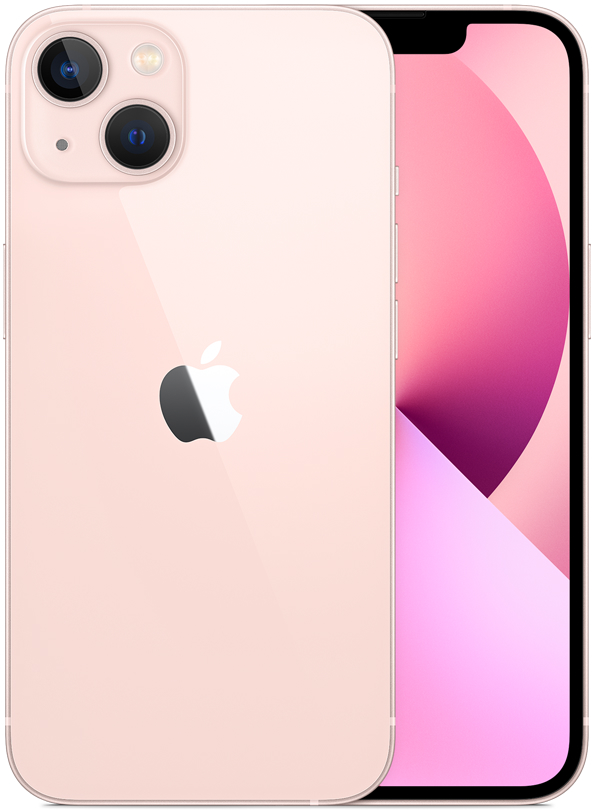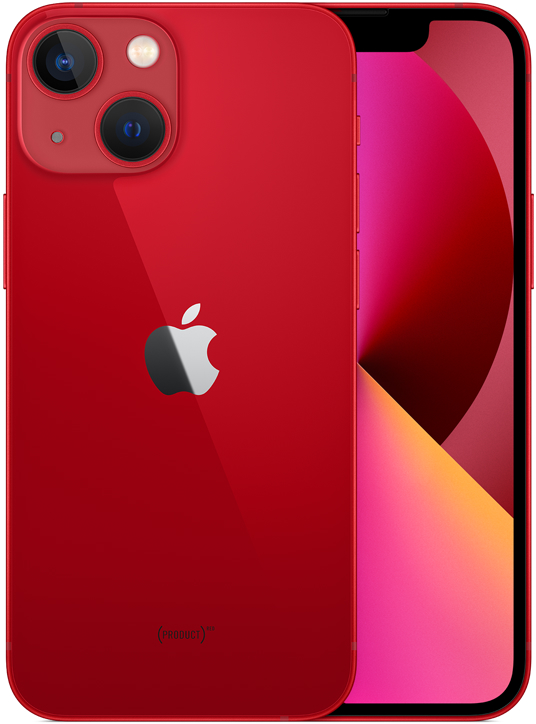Maqroo
(Maqroo) (Meaning: Readable) The world’s first Arabic dyslexic-friendly font. Arabic is one of the most beautiful languages in the world and that’s what makes it complex to learn makes it complex to learn. It has 12 million distinct words, and every letter follows the same shape/form. Making it even more difficult for the dyslexic community. Sharing the world’s first Arabic dyslexic-friendly font, which was created after analyzing all 650 Arabic fonts, is aimed at helping the dyslexic community to reduce their stress levels as well as to ease reading/writing and enhance word associations.
(Maqroo) (Meaning: Readable) The world’s first Arabic dyslexic-friendly font. Arabic is one of the most beautiful languages in the world and that’s what makes it complex to learn makes it complex to learn. It has 12 million distinct words, and every letter follows the same shape/form. Making it even more difficult for the dyslexic community. Sharing the world’s first Arabic dyslexic-friendly font, which was created after analyzing all 650 Arabic fonts, is aimed at helping the dyslexic community to reduce their stress levels as well as to ease reading/writing and enhance word associations.





